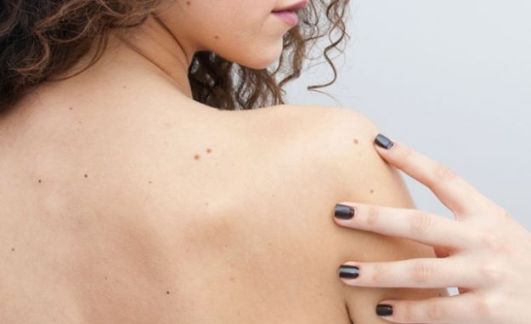How to recognize skin tumors
The skin, though curiously is the largest organ of our body, does not always receive due attention. Skin cancer prevention begins precisely by being alert to changes that may occur in the skin, ranging from the appearance of a mole to a blemish, mark or bump.
Logically see any changes in the skin do not mean inevitably be a warning sign of a possible tumor, but we want to dispel any concern it is best to consult a doctor. But prevention, a key weapon in the fight against cancer, is also in our hands. Hence the importance of knowing what changes should not be overlooked in our skin.
Moles on the skin
Moles, varying in color from brown tone to black and shape go from flat to round, oval and more or less prominent.
Most moles appear during childhood and adolescence; we must pay attention to any change that can be seen in its shape, color, or size, as well as those that appear in adulthood. Exposure to the sun, without proper protection, tends to be one of the most common reasons for appearance of moles and spots on the skin in adulthood.
If we notice changes in existing moles, or any of the new, and above all if we perceive that one has a tone very different from the rest, it is advisable to consult a doctor. It should also do when you have many moles on the skin. The ABCDE rule is the simplest and most commonly used to identify the signs of melanoma skin. What these letters mean?
A – Asymmetry: when one half does not match the other.
B – Border : When the mole has irregular, uneven or poorly defined.
C – Color: When the color is not uniform and even appear another color around the lunar spots.
D – Diameter: If the mole is larger than 6 millimeters.
E – Evolving: Size, shape or color of the mole have changed.
In addition to this, if we notice any change in the surface of a mole, whether flaking, oozing or bleeding, it is very important to consult a doctor.
Other signs to consider
not only must pay attention to moles, but also other imperfection of the skin, as it can be a wound or sore that does not heal, red area of skin, or feeling of itching and sensitivity.
